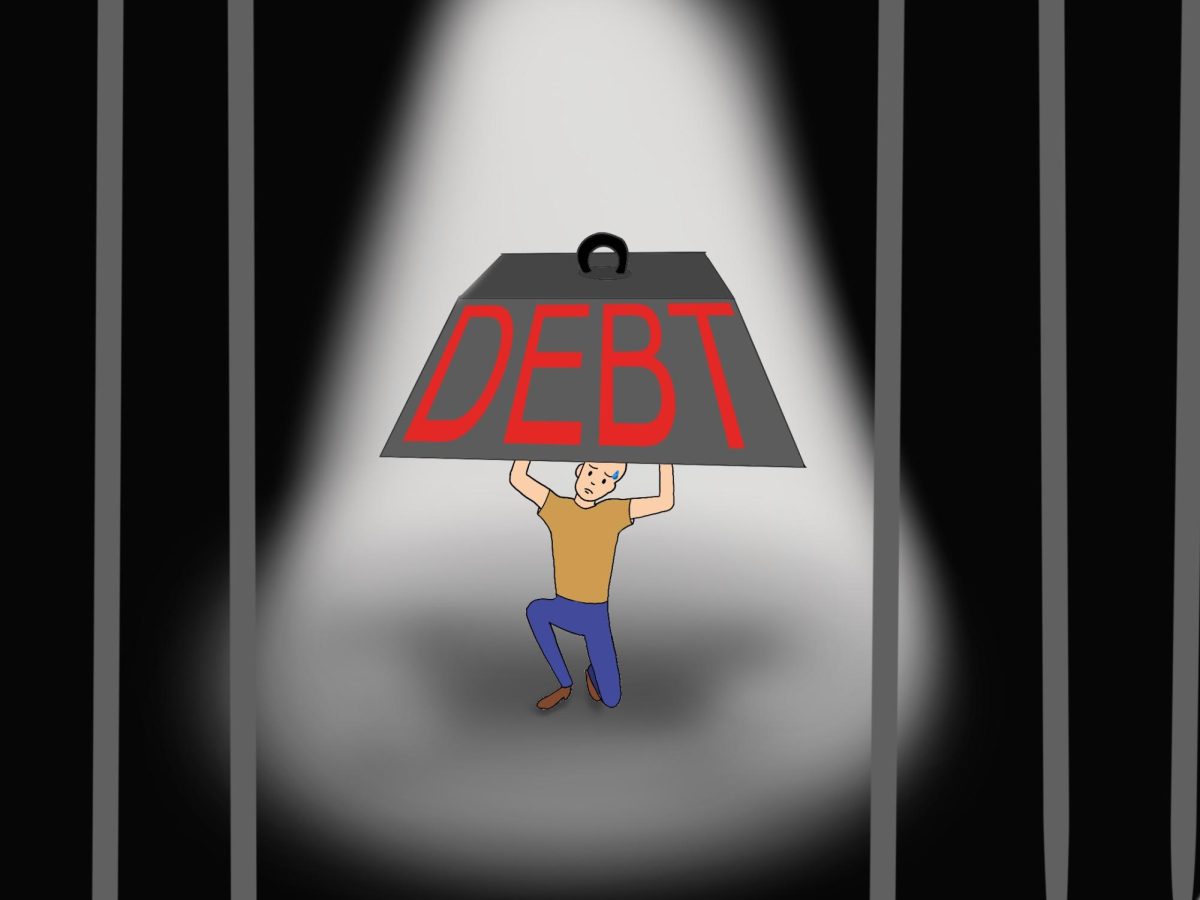On January 19, 2023, the United States officially hit the debt ceiling. This moment caused a frenzy among anxious government officials who worry about the possibility of the first U.S. default on its debts in 50 years.
As defined by the U.S Department of Treasury, “The debt limit is the total amount of money that the United States government is authorized to borrow to meet its existing legal obligations.” Prior to the creation of the debt ceiling, Congress had to authorize every single bond batch that the U.S. government issued.
However, after World War I began, and the U.S. government needed emergency financing, the Treasury issued “liberty bonds” in an effort to pay for war-time expenses. In 1917, the United States government issued the Second Liberty Bond Act, which allowed the US Treasury to issue bonds without the government’s approval as long as the total debt remained under the newly-coined term “debt ceiling.” Congress agreed to the new procedure as long as it could keep strict oversight of this process.
Reaching the debt ceiling has caused major economic fears, because an inability to borrow money has the potential to increase inflation and unemployment. It also has the side effect of lowering the U.S.’ credit-worthiness, meaning that it will be harder for the nation to cover expenses even when it can borrow again.
Should the debt ceiling be raised or eliminated in order to solve the current crisis? Raising the limit grants the government the power to borrow more money to cover preapproved expenses. This step would not be unprecedented. The U.S. has increased the debt ceiling during every presidential administration since Herbert Hoover’s. The ceiling has been raised by Congress over 100 times.
We should go further, however. We are the only country in the world that continues to use a debt ceiling, aside from Denmark. The use of a debt ceiling is an anomaly in today’s rapidly growing economy, and has proved to be more of an economic roadblock than a benefit. Accordingly, it ought to be abolished.
The debt ceiling originally made sense because it allowed the government to take on debt without asking Congress to issue specific bonds whenever it needed money. As long as debt stays under the amount set by the ceiling, the government can borrow money quickly and easily.
Now, however, the debt ceiling has a negative impact – while it may seem a positive initiative to limit expenses, in reality it will lead the government to cut necessary social services and harm the public. Paying off $31.4 trillion in a short period is practically impossible: taxes would have to be significantly increased or services would have to be drastically cut.
If the U.S. is unable to pay its debts, it will have to default, undermining the stock market, causing higher interest rates, and sending the economy into a recession. In addition, now that the country has reached the ceiling, government officials are more focused on dealing with the limit rather than more long-term and plaguing economic issues, and resolving the American budget deficit, the root cause of this conflict.
Indeed, a political roadblock has formed around raising the debt ceiling. On January 19, House Republicans announced they would not support raising the debt ceiling unless Democrats agreed to rolling back much of their domestic agenda and spending policies. This announcement has turned the issue political.
Now, instead of discussing the major economic issues behind the crisis, such as why America has so much debt in the first place, Congress has started a war against each other on the topic. This distraction undermines their ability to serve Americans.
Although for now, it makes sense to raise the debt ceiling or make bonds to avoid economic collapse, for the future, American policymakers should ultimately reject the ceiling. Not only does continuously raising the ceiling defeat its purpose, without the ceiling, we will be in a much better position to address issues like climate change and healthcare and fund necessary social services.
While the debt limit may have had a purpose in the 20th century, there’s no longer a place for it in the 21st.







